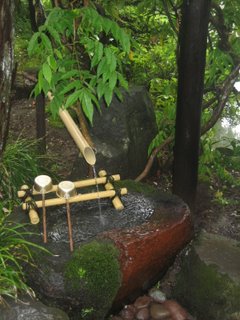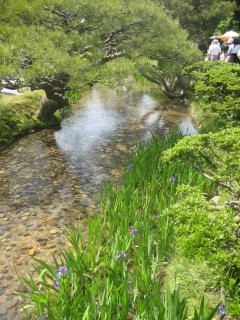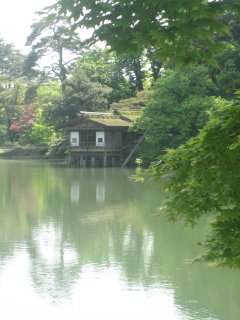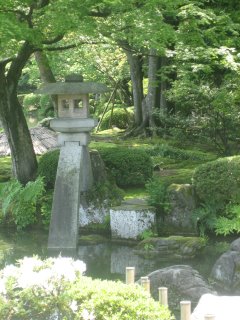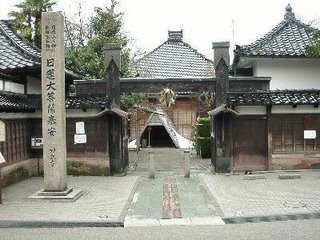
Kanazawa is one of Japan's most under-rated tourist destinations, usually just a footnote to Kyoto or a possible "if you have some extra time" destination, but it's really worth seeing, especially for people looking for somewhere with lots to do but without too many crowds. A small, walkable city, Kanazawa is famous for the famous garden Kenrokuen, it's excellent museums, and is known as Sho Kyoto (Little Kyoto) because of all its temples. And then there's the seafood. It's fantastic and sushi shops here are as ubiquitous as takoyaki stands in Osaka and okonomiyaki sellers in Hiroshima. This tiny city will keep you busy for at least two days, and then if you have extra time, head for the Noto peninsula and it's glimpse of rustic, agrarian Japan, picturesque fishing villages and ruggedly beautiful coastal scenery. The name Kanazawa means Marshes of Gold and seems to come from the city's great wealth. One of Kanazawa's main thoroughfares is called Hyakumangoku Odori which means one hundred million koku (500 000 bushels of rice). The district of Kaga, of which Kanazawa was a part, was once the richest in Japan, and became an important cultural center. Go sight-seeing in Kanazawa, and there is one name that you are going to hear over and over. It's Maeda. They built the castle, Kenrokuen, Myoryuji temple, started the famous hyakumangoku festival, and there's a good chance that any sword, piece of calligraphy, or painting was either theirs, or had some connection to them. The family was strongly allied with famous ruler Oda Nobunaga and were sent to Kanazawa in 1583 to rule over both Kaga, and his original domain of Noto. Under their influence, the city grew into a wealthy castle town, and attracted many artisans, actors, and scholars becoming a thriving culture center. Because it was on the list of cities that were not allowed to be bombed during WWII, Kanazawa is very well preserved.
 SHOYOEN (Strolling Garden)
SHOYOEN (Strolling Garden)



